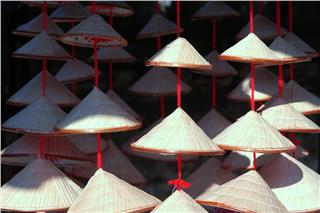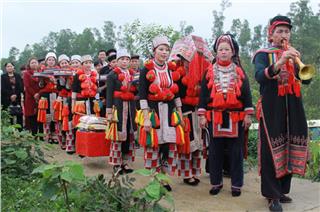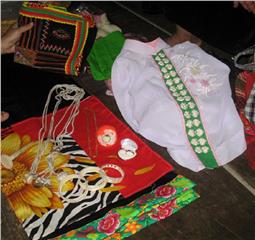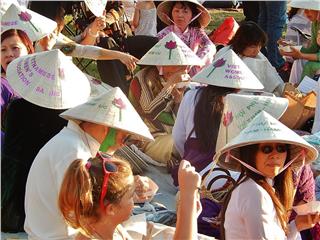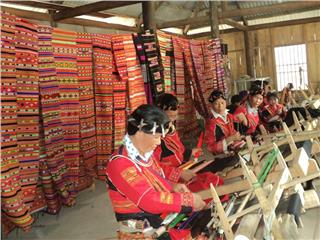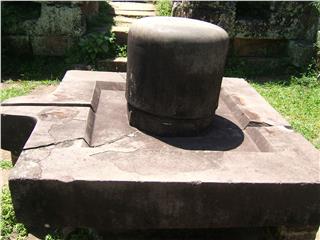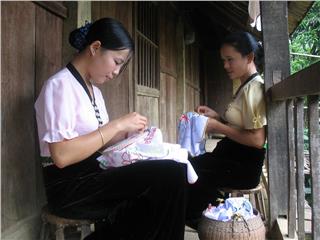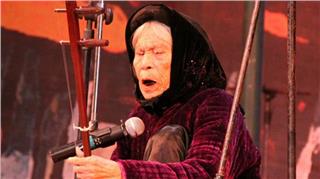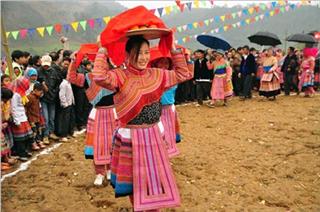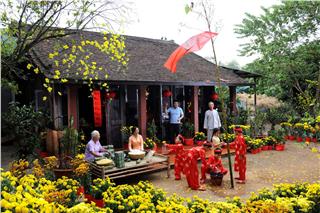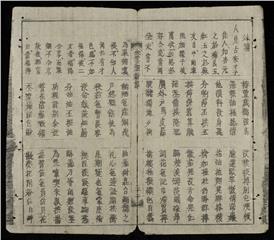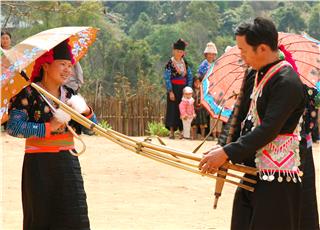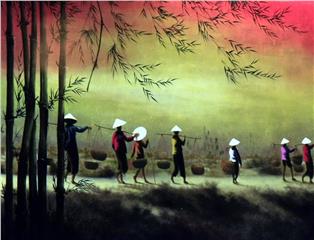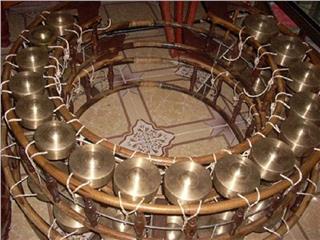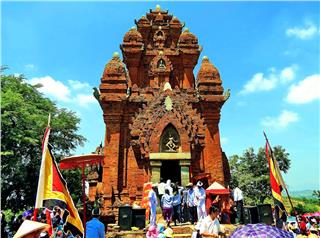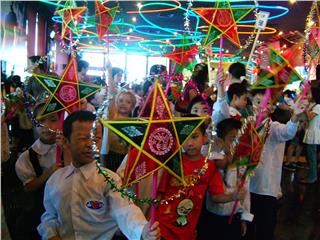Xam singing in life
Mon, 16 Mar 2015 . Last updated Thu, 25 Jun 2015 09:02
-
 Vietnam – The S-shaped country 10092 viewed
Vietnam – The S-shaped country 10092 viewed -
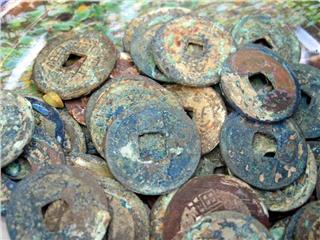 Ancient Vietnamese coins – Episode 1 9425 viewed
Ancient Vietnamese coins – Episode 1 9425 viewed -
 Special cultural features of Quan Ho singing 8586 viewed
Special cultural features of Quan Ho singing 8586 viewed -
 Ancient Vietnamese coins – Episode 2 8399 viewed
Ancient Vietnamese coins – Episode 2 8399 viewed -
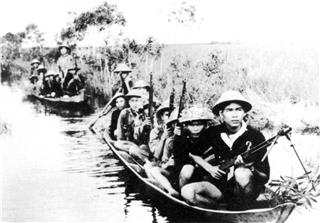 Vietnam History 1858-1945 7168 viewed
Vietnam History 1858-1945 7168 viewed -
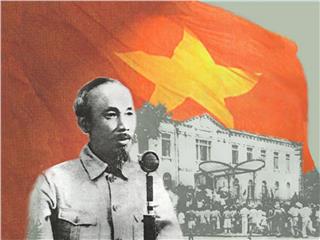 The Vietnamese Proclamation of Independence 6690 viewed
The Vietnamese Proclamation of Independence 6690 viewed -
 Cham Muslims in An Giang 6123 viewed
Cham Muslims in An Giang 6123 viewed -
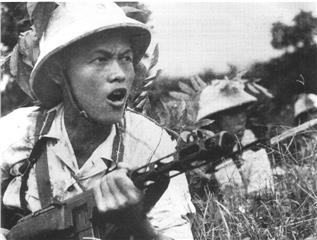 Vietnam history 1945-1954 6002 viewed
Vietnam history 1945-1954 6002 viewed -
 Predestined love tie with Ao Dai - Vietnamese long dress 5706 viewed
Predestined love tie with Ao Dai - Vietnamese long dress 5706 viewed
As popular genre of folk art, “xam” singing is not selective about performers and performance spaces. Over the time, “xam” singing still keeps its spiritual values. It is the melody of soul of Vietnamese people through different generations.
Among the genres of Vietnamese traditional music only “xam” singing is seen as a profession that helps people earn their living. As a musical product of the common people, “xam” singing is close with simple lyrics and meaningful content. Besides, “xam” singing is inspired by many other genres of folk arts and famous poems; thus it features many aspects of life. “Xam” songs also carry philosophy and advice about morality.
It is special that whatever a “xam” song is about, it is “told” in a hilarious way, easy to listen and remember. “Xam” singing is often performed in public places for common people. Besides, it is loved by many intellectuals, scholars and learned people. “Xam” singing became most popular in the late 10th century and the early 20th century. At that time, it was no longer a form of entertainment for peasants but a profession for poor people to earn their living in cities and it has been handed down over generations.
According to a document published in 1964 by veteran researcher of folk music Tran Viet Ngu, there are eight main kinds of “xam” singing, including “xam cho” (singing in markets), “xam xoan” (singing in spring), “Hue tinh”, “Xam nha tro”,”Nu oan”, “ho bon mua” (singing in four seasons), “Hat ai” and “Thap an”. However, common people often classify “xam” singing in other ways, for example, “xam” singing is named after its famous songs like “Xam anh Khoa” (Mr. Khoa xam singing) (a character in a famous poem by A Nam Tran Tuan Khai). Sometimes, people name “xam” singing after the purposes of the songs like “xan dan van” (Xam singing for public mobilization). Besides, “xam” singing is called after the performance place, for example “xam cho” (singing in markets) or “xam co dau”.
Hanoi has a distinctive kind of “xam” singing that we could not find in any other places. It is “xam tau dien” (singing on tramcars). In the past, to satisfy Hanoian’s needs for music, “xam” singing artists from rural areas brought famous poems like “Anh Khoa” by A Nam Tran Tuan Khai, “Giang sang vuon che” and “Em di tinh ve” by Nguyen Binh into “xam” songs, making “xam” singing an outstanding genre of street music and creating a distinctive cultural feature of Thang Long – Hanoi.
“Xam Hue tinh”, “xam cho” and “xam xoan” are distinctive kinds of “xam” singing; thus, they are brought into many other genres of folk arts like “cheo” (traditional operetta) and “ca tru”. As “ca tru” singers combine “xam hue tinh” with “ca tru”, they call the “ca tru” song “xam co dau” or “xam nha tro”. It means that “ca tru” singing artists respect “xam” singing. They keep the word “xam” to show the origin of this song.
Nowadays, many people still think that “xam” singing is for blind people and beggars. Actually, blind people used to use “xam” singing as a means of subsistence. Therefore, “xam” singing is a professional genre of music. However, it is performed on streets, wharfs communal houses or at the corners of a rural market. Earlier, Vietnamese people often enjoyed “xam” singing when they were free from farming work. After a bumper crop, “xam” singing troupes were invited to perform in the houses of rich families.
“Xam” singing has been brought back to life in such a simple way. Through ups and downs, this genre of music was once engendered to fall into oblivion, however, thanks to the people who have great passion for “xam” singing and strong determination, “xam” singing has been revived in today’s life.
Especially, Ninh Binh province is the first locality where its people encouraged to restore “xam” singing. Through grand events and for tourism activities of the province as well as practical activities of functional agencies and relevant units in the locality, “xam” singing has been revitalized and not a fresh impetus for growth. It is also the prerequisite for the local people to seek UNESCO recognition for “xam” singing as an intangible cultural heritage of the humankind.
Source: VTC10 - NETVIET

